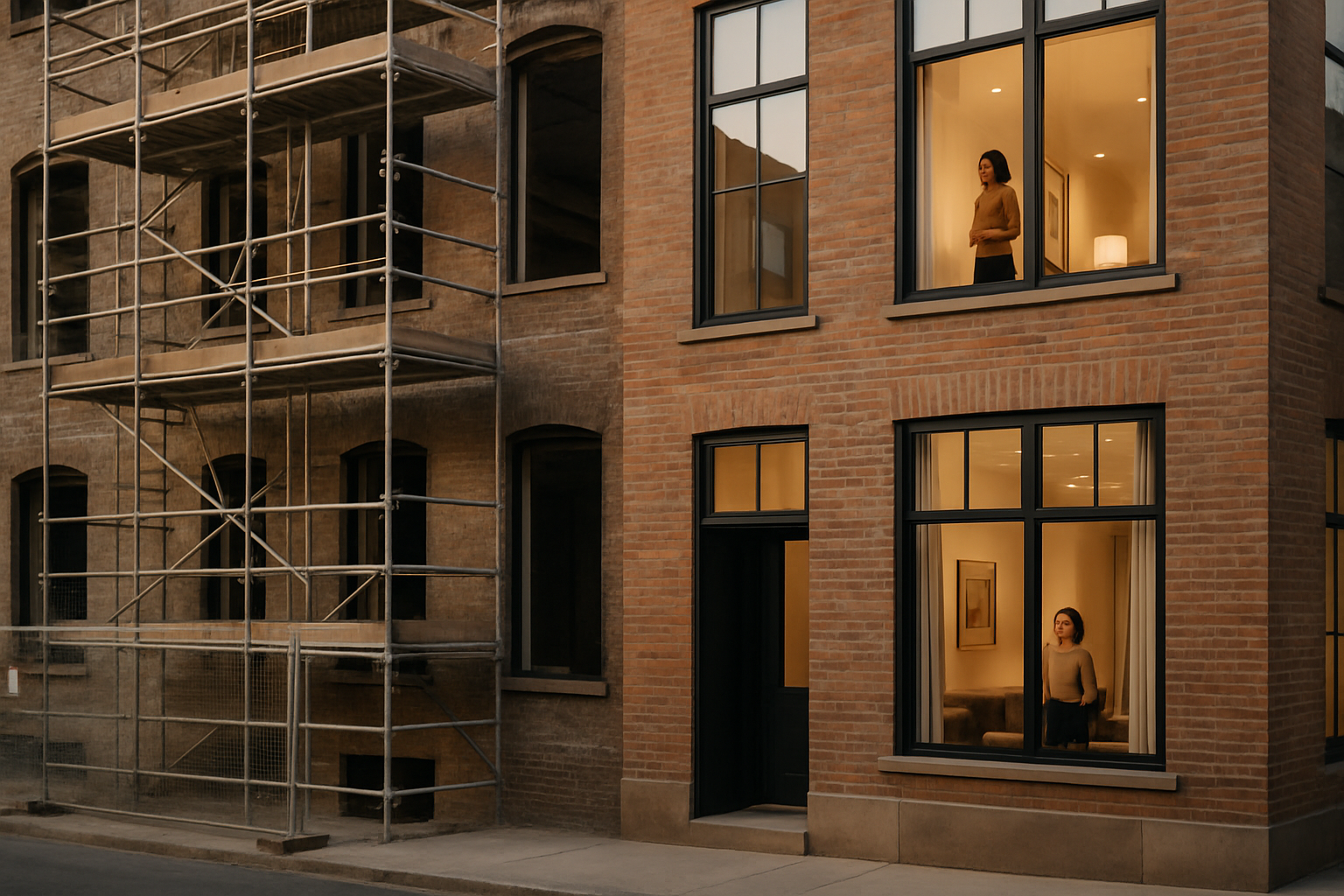Find more Window Replacement
Replacing your home's windows can dramatically improve comfort, energy efficiency, and curb appeal. Whether you're dealing with drafty frames, condensation between panes, or simply outdated styles, modern window replacement offers solutions that reduce energy bills and enhance your living space. Understanding your options, from vinyl to double glazed designs, helps you make informed decisions that fit your budget and home improvement goals.

Many households across the UK live with ageing frames, misted glass and chilly draughts without realising how much difference modern windows can make. Replacing tired units is not only about appearance; it also affects energy use, comfort, security and even the value of a home. Knowing what is involved helps you decide if the time is right to refresh the windows in your property.
What is window replacement and when is it needed?
Window replacement means removing existing frames and glazing and fitting new units, rather than simply repairing damaged parts. It may be a full-frame replacement, where the entire frame and sill are taken out, or an insert installation that uses the existing frame if it is still sound.
Homeowners often consider this option when timber frames have started to rot, sashes no longer open smoothly, or old metal frames create cold spots around the room. Persistent condensation between panes, cracked glass, or warped seals that allow noticeable draughts are also common triggers. In some cases, people choose to upgrade mainly for aesthetic reasons, for example to match a new extension or to improve kerb appeal when preparing a property for sale.
How energy efficient windows can benefit your home
Modern glazing is designed with energy performance in mind. Older single panes lose heat quickly, forcing your heating system to work harder. Newer units use improved glass coatings, gas-filled cavities and better-quality seals to reduce heat escaping through the glass and frame. In the UK, performance is often described using U-values and energy ratings, where lower U-values and higher ratings indicate better insulation.
Fitting energy efficient windows can help rooms feel warmer in winter and less prone to overheating in summer. This can support lower heating demand and contribute to reduced energy bills over time, especially in homes that currently rely on outdated single glazing. Better insulated glass and frames also tend to reduce cold draughts and surface condensation, creating a more comfortable and consistent indoor environment throughout the year.
Home window installation process and key considerations
A typical replacement project begins with a survey. A professional will measure each opening, check the condition of surrounding walls and sills, and discuss style options such as casement, sash, tilt-and-turn or bay designs. At this stage, you can agree frame materials, glass specifications and hardware details like handles and locking systems.
On installation day, the team will protect floors and furniture, remove the old units, prepare the openings and then position the new frames. They will level and secure them, insert the glazing, add insulation around the gaps and seal the edges to keep out moisture and draughts. Internal trims and external seals are finished before the work area is cleaned and waste removed.
In the UK, replacement work usually needs to comply with building regulations, including safety glazing in certain locations, adequate ventilation and thermal performance standards. Choosing an installer who can self-certify compliance, for example through a recognised scheme, can simplify paperwork. For listed buildings or properties in conservation areas, it is important to check planning rules before any work begins.
Why vinyl windows are a popular replacement choice
Vinyl, often referred to as uPVC, is one of the most widely used frame materials for modern residential glazing. It is valued for being relatively low maintenance, as it does not require painting and is resistant to rot and corrosion. The material has good insulating properties, which can support the overall thermal performance of the window, especially when combined with efficient glass.
There is a wide choice of colours and finishes, including wood-effect styles that aim to complement traditional homes while offering the practicality of vinyl. Earlier generations of uPVC sometimes suffered from discolouration over time, but modern formulations and manufacturing techniques have generally improved durability. When comparing vinyl with alternatives such as timber or aluminium, many homeowners look at maintenance needs, appearance, expected lifespan and environmental considerations, including the availability of recycling options for uPVC at the end of its service life.
Double glazed windows for enhanced performance
Double glazing uses two panes of glass separated by a sealed gap, often filled with an inert gas. This gap acts as an insulating barrier, slowing the transfer of heat between indoors and outdoors. The design helps keep warm air inside the property during colder months and can reduce heat gain during warmer weather. Low-emissivity glass coatings and warm-edge spacer bars can further improve performance.
In addition to better thermal insulation compared with single panes, double glazed units usually provide noticeable sound reduction, which is particularly useful for homes near busy roads or railway lines. Security can also be enhanced, as modern systems often include multi-point locking mechanisms and toughened or laminated glass in key areas. Some properties may also consider triple glazing for further improvements, although many homes in the UK climate find that high-quality double glazing offers a good balance between performance, cost and weight.
A considered approach to replacing windows, from choosing frame materials to understanding energy ratings and installation requirements, can make a significant difference to the comfort and character of a property. By weighing appearance, thermal performance, maintenance and regulatory factors, homeowners in the UK can select solutions that suit both their building and their long-term needs.




